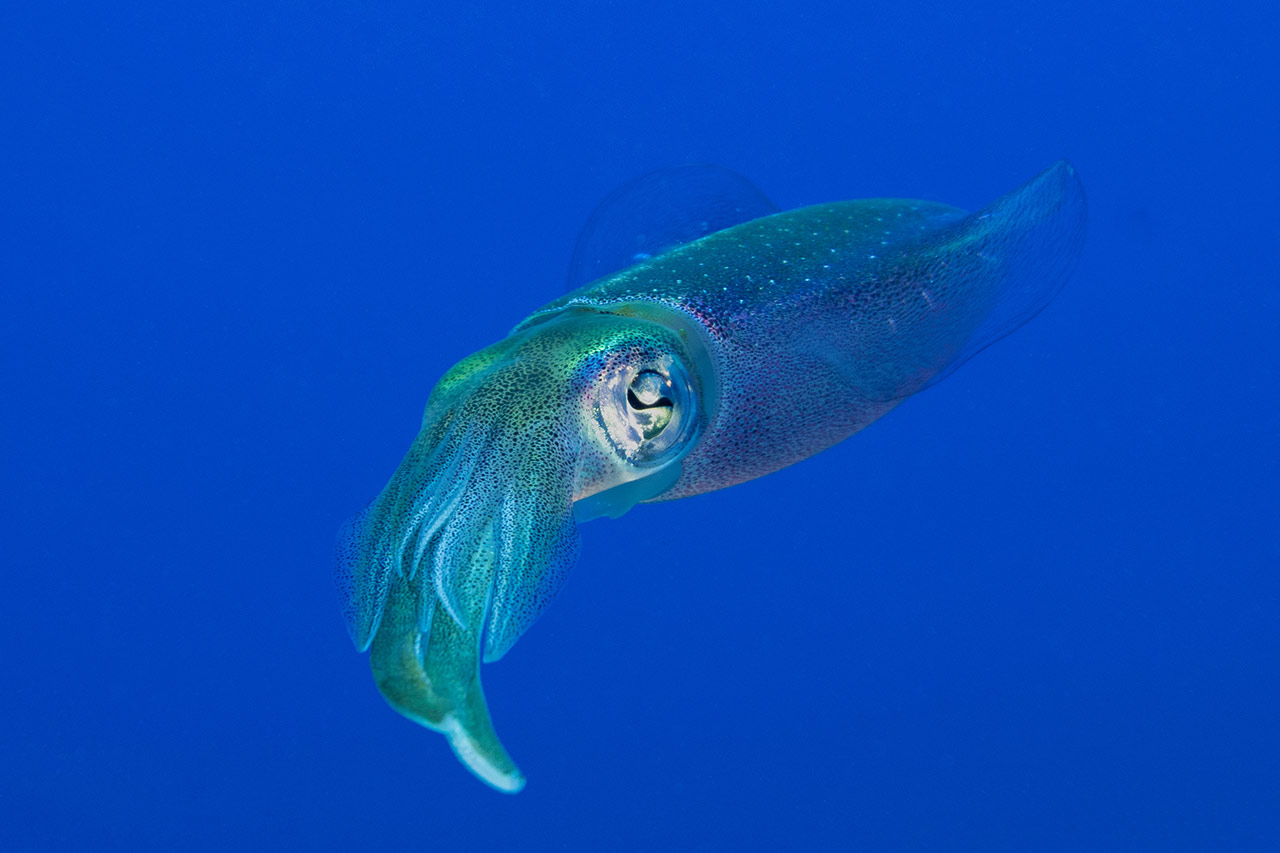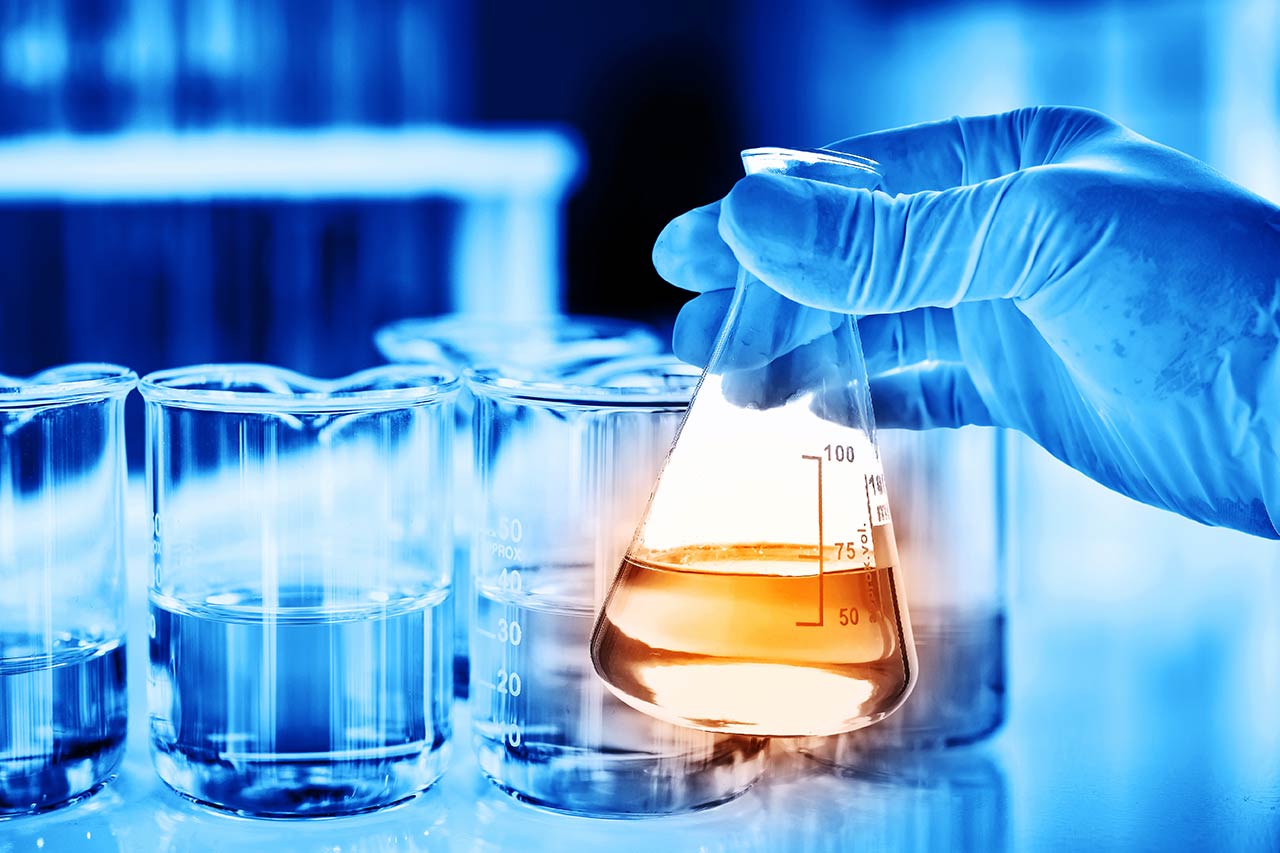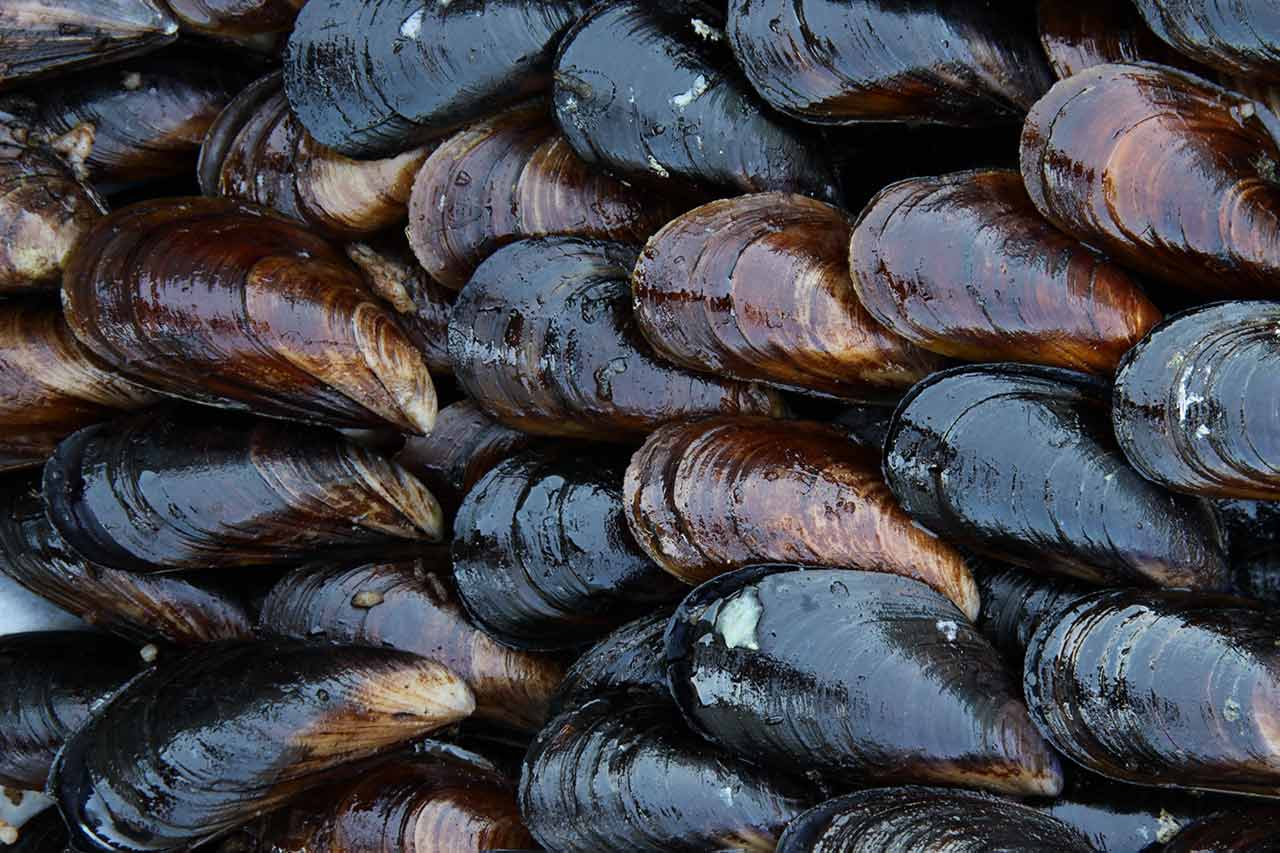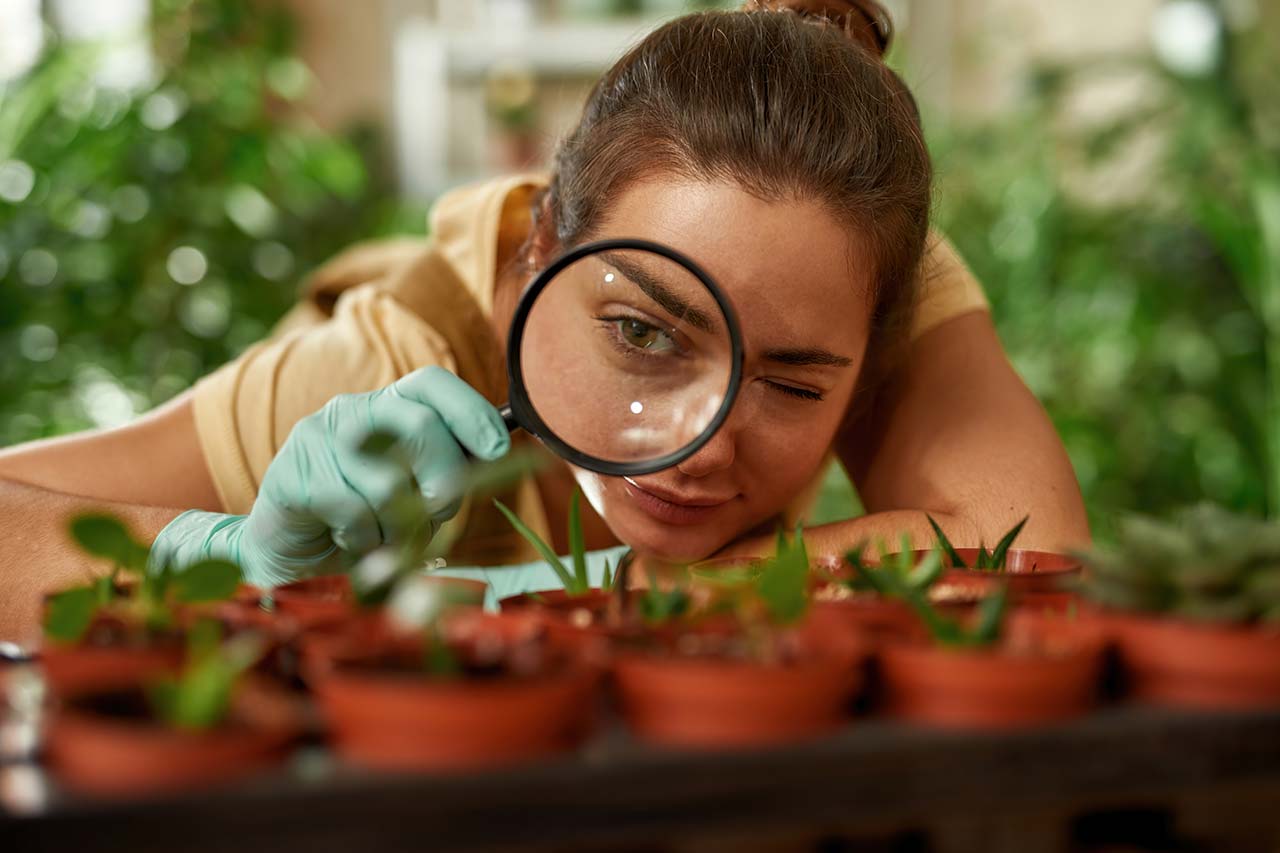The “self-repairing” SRT protein: how does it work?
The “self-repair” phenomenon observed in squid teeth is made possible by a protein with a unique structure: The Squid Ring Teeth (SRT) protein is a heteropolymer (a repeating sequence of proteins) containing a flexible amorphous phase and a solid crystalline part. It is the amorphous part of the protein that provides its self-repair properties. The crystalline part provides very good mechanical properties.
When in contact with water the protein will “activate” its repairing power. When a network of SRT proteins is in contact with water, the amorphous sequences of the molecules have the power to reorganize, create new bonds and even crystallize. When two arrays are brought into contact, they can then fuse together.
In a dry environment, on the other hand, the amorphous phase is fixed, and the network no longer moves. It then benefits from its good mechanical resistance guaranteed by the crystalline phase of the protein. By way of comparison, its strength is about 10 times higher than that of cotton.
Self-repairing smart materials for textiles and medical devices
Based on this protein, several universities such as the University of Pennsylvania, Drexel University, the University of Akron and the U.S. Naval Research Laboratory have developed self-repairing coatings.
This type of coating is mainly aimed, initially, for textile applications. Thus, in the case of a garment, the self-repair property could make it possible to eliminate holes and tears during washing, for example. In the case of protective clothing, this ability to repair could guarantee high levels of protection through the absence of holes in humid environments.
Teams of researchers have developed formulations based on SRT proteins doped with enzymes capable of neutralizing certain chemicals. Once deposited on a textile surface, a composite material is obtained. This composite has good resistance properties in a dry environment and is capable of repairing tears in a wet environment, while maintaining the activity of the enzyme. The result is a material that guarantees a high level of protection against chemical attack before it comes into contact with the skin.
We can then imagine using the technology to create suits that would protect agricultural workers from pesticides, for example, or to create uniforms for chemical weapons protection in the defense field.
Beyond textiles, self-repairing smart materials could have applications in the medical field due to its natural biocompatibility and biodegradability. In particular, a great deal of research has been carried out to evaluate its use in the manufacture of hydrogels. Hydrogels, a formulation consisting of water and polymers, are commonly used in wound and burn care but also in the manufacture of contact lenses. The use of the SRT protein could thus improve wound healing products, ensuring permanent wound recovery, or create unbreakable contact lenses.
In addition, research from the University of Akron describes the SRT protein as “one of the most resistant proteins discovered to date” because of its unique architecture. These exceptional mechanical properties make the protein an inspiration for the development of additives that bring strength and flexibility to synthetic bone, cartilage, or tendon tissue.
While the synthesis of this type of protein is developing industrially, other applications are to be expected: in cosmetics, for example, where the technology could be used in urban anti-pollution formulations; or in the building industry with “long-lasting” paints that guarantee a perfect covering of surfaces.
The repair capacity of squid teeth is due to the special structure of the SRT proteins. They explain not only its self-repairing properties in a wet environment but also its mechanical properties in a dry environment. This technology has opened up new horizons for technical textiles and beyond for other sectors. In Alcimed’s Chemicals-Materials team, we have already explored other smart materials based on adhesive or self-hardening technologies. By playing on triggers such as natural light, humidity or sweat to obtain high performance, the field of smart materials inspired by biomimicry opens up more possibilities for the materials of the future.
About the author
Rayan, Senior Consultant in Alcimed’s Chemicals-Materials team in France



